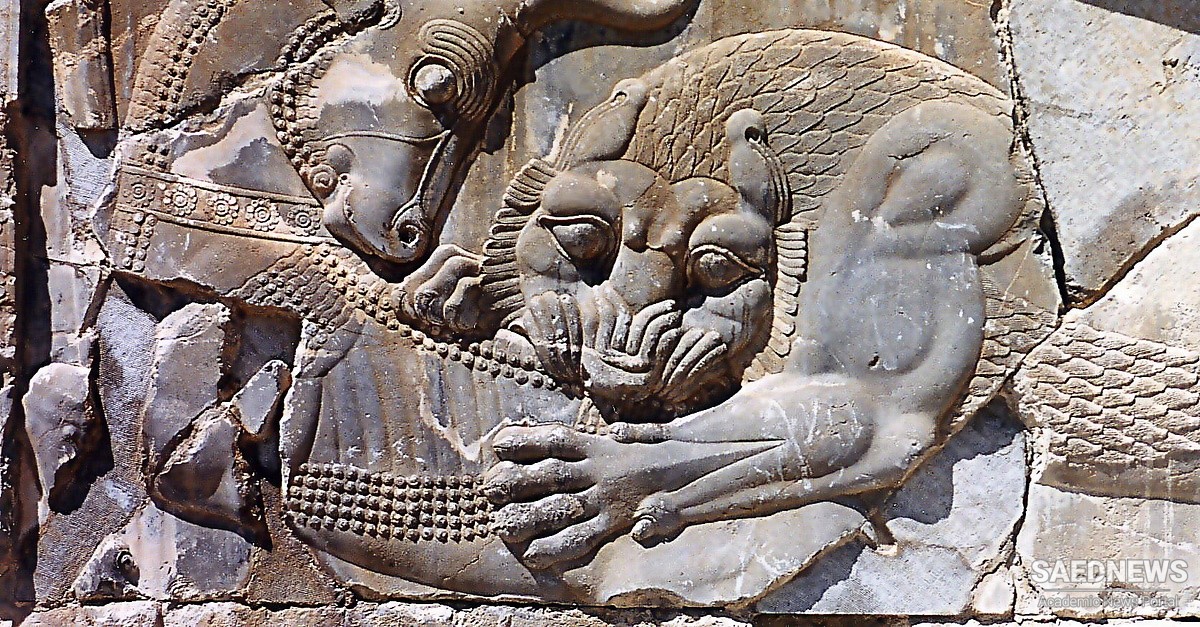By the fourth century BCE Heracles was identified with a number of eastern gods such as Melqart in Phoenicia, Sanda/Sandon in Cilicia and Gilgameš in Babylonia. Besides, Heracles’ tradition overlaps considerably with Marduk, especially since Marduk was syncretised with Santa/Šanta and related to Kubaba in the Hittite pantheon. This Santa is the Hittite version of the Cilician Sanda/ Sandon, whom Laroche described as a Tammuz-Adonis type of god and who was later identified with Heracles. Their identification is facilitated by their royal status, their extraordinary sense of justice and also their common association with Nergal, a god of plague and pestilence who was linked already during the second millennium to Ereškigal, the queen of the Underworld. These identifications do not only relate the importance of Heracles for kings but, crucially, his theological profile. Eastern traditions were readily combined with the Greek tradition of the Heraclids, the long-suffering descendants of Heracles, who were finally able to reclaim their long-promised kingship in the name of divine justice. The soteriological aspects that the eastern worshippers of Marduk had ascribed to him fitted Heracles’ reputation effortlessly. Both deities posed as deliverers of mankind from pain and trouble: Heracles-Nergal was called soter (saviour) – just like Seleucus’ son, Antiochus Soter – as well as the “important sufferer” and the “conqueror of death.” Equally, Nergal was known as the “power of Marduk,” the “lord of peace” and the “lord of the Underworld.” Unsurprisingly, during the Hellenistic period the soteriological aspects of Heracles become increasingly more pronounced. The Seleucids were clearly perceptive of these religious intersections, because as the satrap of Babylon, Seleucus had minted, already between 311–305 BCE, coins depicting on the obverse a seated Baal holding the royal sceptre while the reverse of these coins featured a walking lion facing left (Fig. 4.2). Although the seated figure evokes references to Alexander and his seated Zeus and the lion on the obverse may be read as a variation of the Heracles/Nemean lion theme, it seems that Seleucus’ early Babylonian coins were designed as variants of numerous other issues that depicted local gods standing on lions, particularly the Tyrian Melqart and Shadrafa, a god of Persian origin, who was identified with both Heracles and Apollo and who appeared in a fourth-century BCE inscription from Palmyra as the Lord of the whole world.” Furthermore, in Cilician coins the Baal of Tarsus was apparently portrayed as seated and holding his staff on the right hand, while on the reverse of these coins a lion was shown walking to the right. In other words, Seleucus was aware from early on of the claims to universal lordship that the image of Heracles-Marduk could afford his dynasty.


 Seleucids and Greek Contribution to Ancient Persia
Seleucids and Greek Contribution to Ancient Persia














































